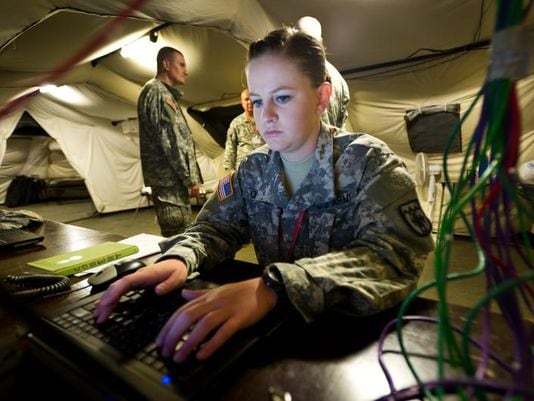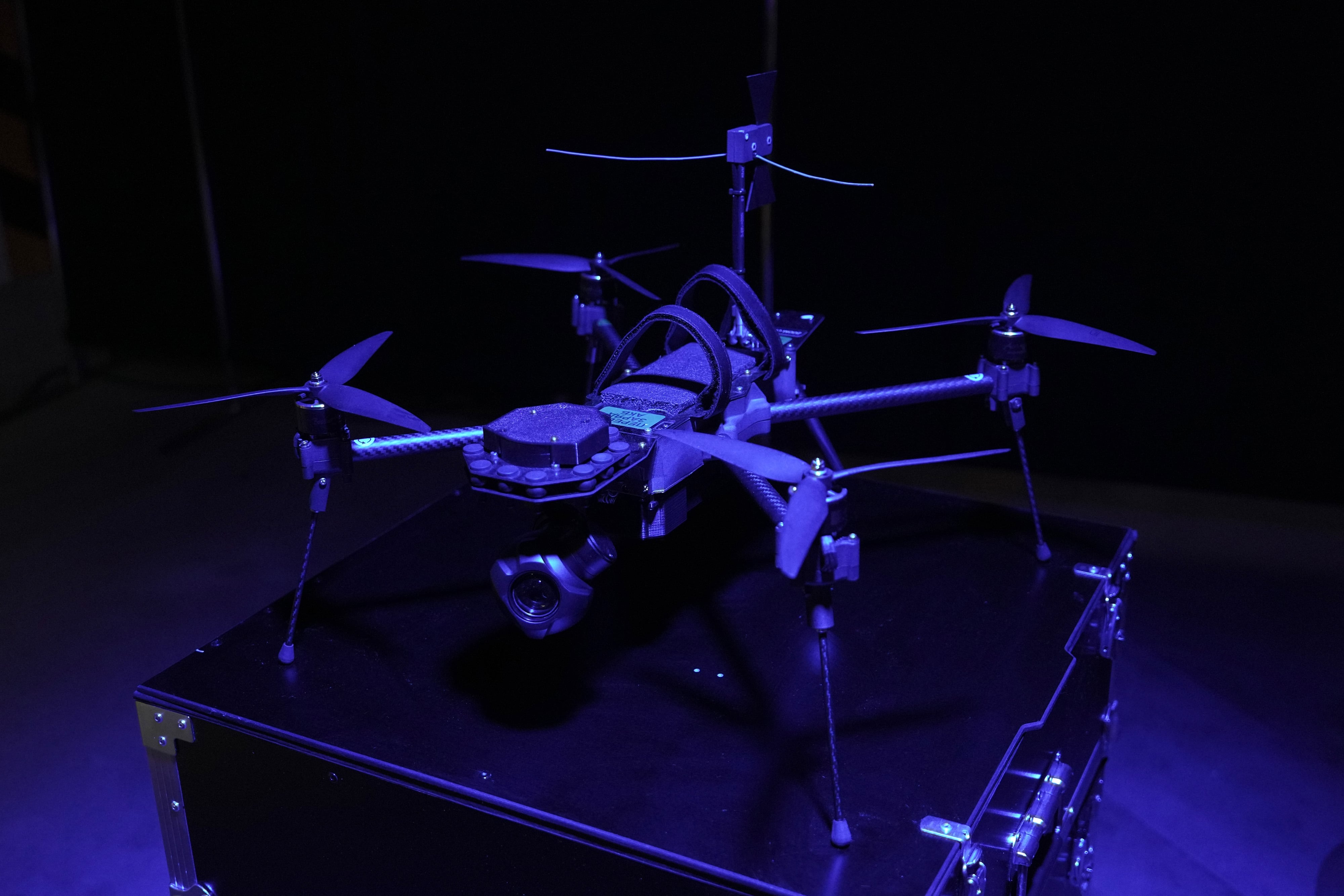While the Army is continue to build out its cyber forces and bolster cyber capabilities, the Guard and Reserve component will also play a large role.
On the active duty side, the Army will be fielding 41 teams of the total 133 joint teams within Cyber Command. With Reserve forces, the Army will have 21 Reserve components breaking down with 11 in the National Guard and 10 in the Reserve, Ronald Pontius, deputy to the commanding general for Army Cyber Command, said at an AUSA event this summer and confirmed at AUSA's annual meeting Oct. 5 in Washington.
The National Guard will be taking a phased approach for their cyber protection teams as they are integrated into the Army's cyber mission. "We've established ten CPTs – cyber protection teams…and they're to be phased in over '17, '18 and '19 so there'll be three of them created in '17, four of them in '18 and three of them in '19," Col. Daryl Brach, division chief for information management operations at the Army National Guard, said this summer. "We are still in negotiations and discussions of including not only those m-day [man day] forces but also the National Guard's Title 10 CPT into the cyber mission force."
Brach said that many of the Guard folks are composed from multiple states. "Some are singular but most times they are actually three states; Louisiana, Texas and Arkansas for example comes to mind as one of those multi-state solutions," he said. "The intent was to identify not only where we had signal assets and resources but intelligence resources so that we could continuously provide and build them organically and not have to pilfer from one side to the other."
While noting that the force is still a work in progress with members continuing to train, Brach lauded the knowledge and capability many Guardsman gain from their day jobs in the cyber and IT field. "They work at companies such as IBM, Microsoft, Cisco, ForeScout, you name it, these folks work there," he said. "Now, does that provide them with an advantage? Yes it does but they also do this because they love what they do and to give them the outlet or to give them the capability or the opportunity also benefits the nation as a whole."
"We're working right now processes to really understand how we're going to use the Reserve component forces but also work to make them officially as part of the cyber mission force," Pontius said.
U.S. Cyber Command Commander Adm. Michael Rogers has expressed how even at the top levels, there is still some discussion going on in terms of where the lines are drawn between Title 10 active duty forces and Title 32 Reserve components. In a September 2015 hearing in front of the Senate Armed Services Committee, Rogers identified that how Title 10 and Title 32 forces will be defined and shape the force will be a challenge going forward.
Brach seconded this notion, noting "the authorities and the roles and responsibilities are a little more challenging. ARCYBER would have access to the Title 10…However those m-day soldiers would have to be activated just as if we were going to activate anybody else." He added that the task and call up would have to be specific but cautioned that "at the same time we won't have them fully trained and stood up – the first three will be ready in '17."
At the same panel, Brig Gen Maria Barrett, deputy commanding general for Joint Force Headquarters – Cyber, for the Army said this process of activation is exercised during the Cyber Guard and Cyber Flag exercises "because that authorities piece is and that dual-hat status of a commander is something that is not familiar to most active playing in that sphere."
As far as the Reserve is concerned, Brig. Gen. Christopher Kemp, commanding general for the 335th Signal Command (Theater) for the Army Reserve, said earlier this year that anything cyber related would be tucked under the 335th. Within CYBERCOM, Kemp said the Army has a Reserve element, and there also is an Army Reserve element at the Defense Information Systems Agency with 95 personnel that focus on defense of the network.
Kemp also discussed the process of individual and collective cyber training. He said the process for the largest cyber element, the Army Reserve Cyber Operations Group, which has ten cyber protection teams, is to get personnel baseline required training to allow them to do squad methodology training for a year to be prepared to conduct operations.
In terms of collective training, Kemp discussed large training events such as the Cyber X-Games and Cyber Endeavor. The Cyber X-Games provide soldiers a virtual, simulated cyber environment on which to train. Cyber Endeavor, an annual cyber-focused conference, took place at the Naval Post Graduate school with a mix of military, civilian, private sector and academia totaling around 250 to 300 personnel, Kemp said.
All of this is contingent on a persistent training environment, he said, which the Army is taking the lead on for DoD. This environment must be reserve component friendly, Kemp added.
Mark Pomerleau is a reporter for C4ISRNET, covering information warfare and cyberspace.








